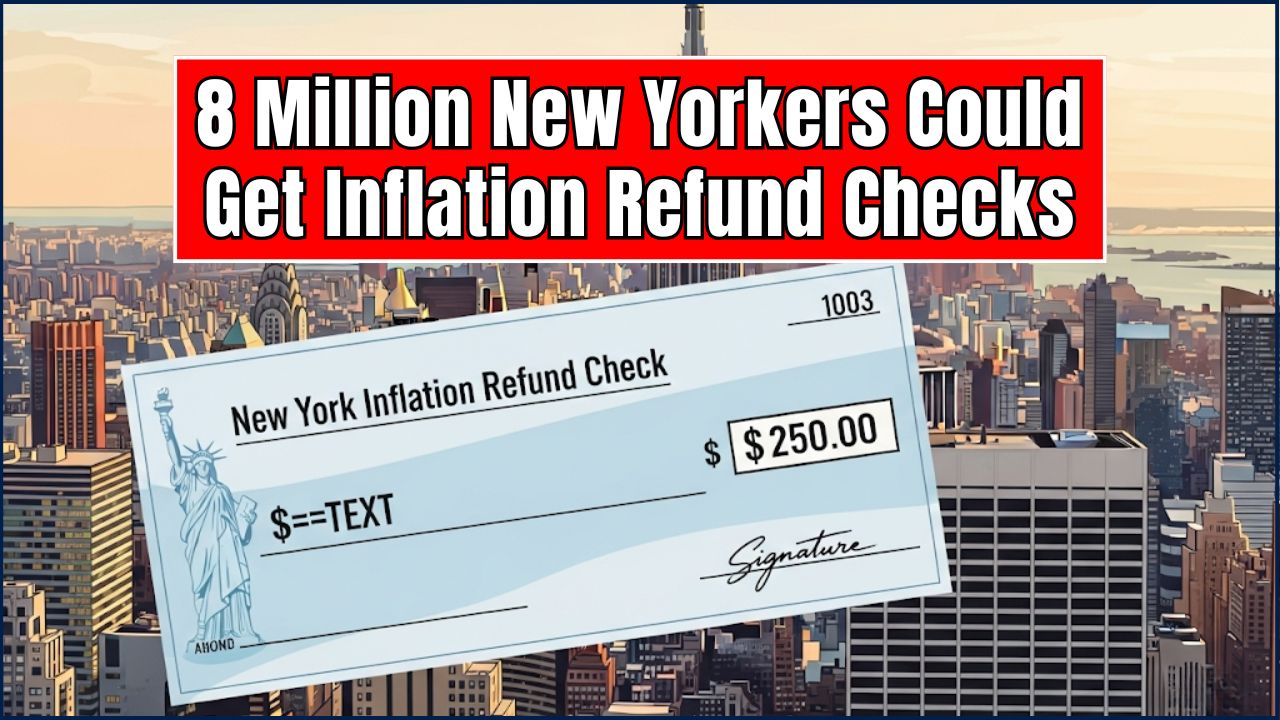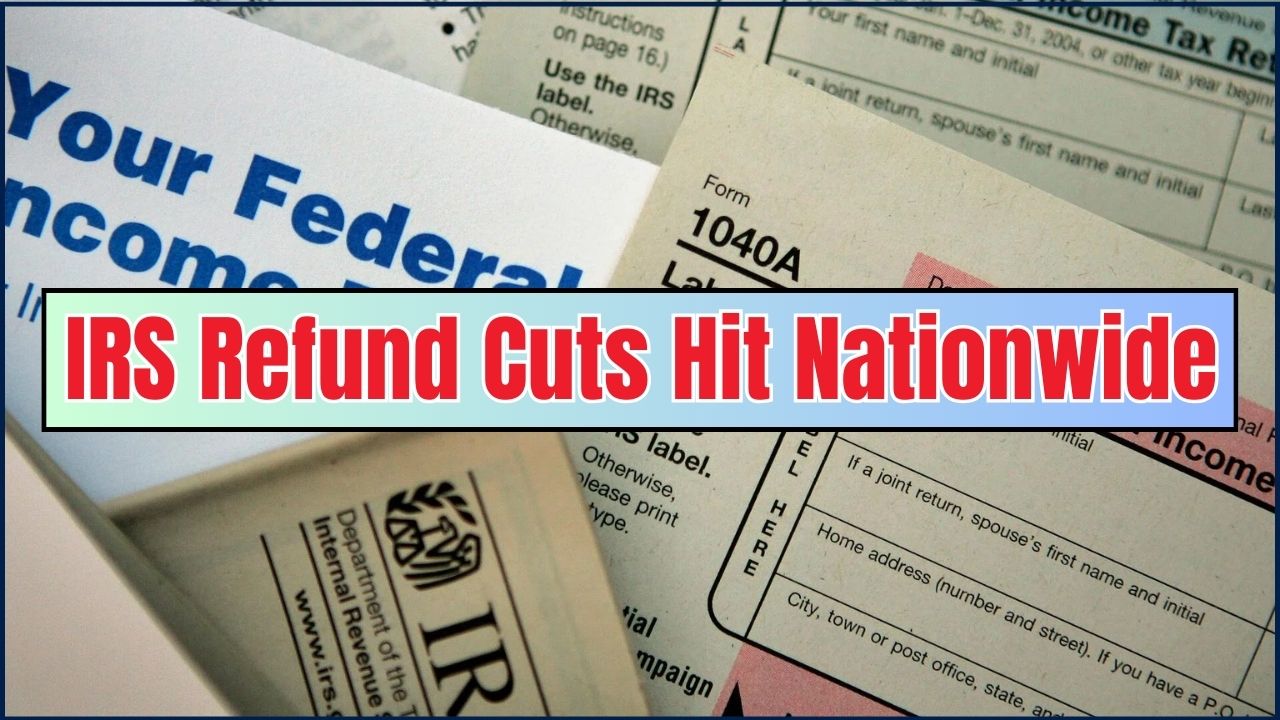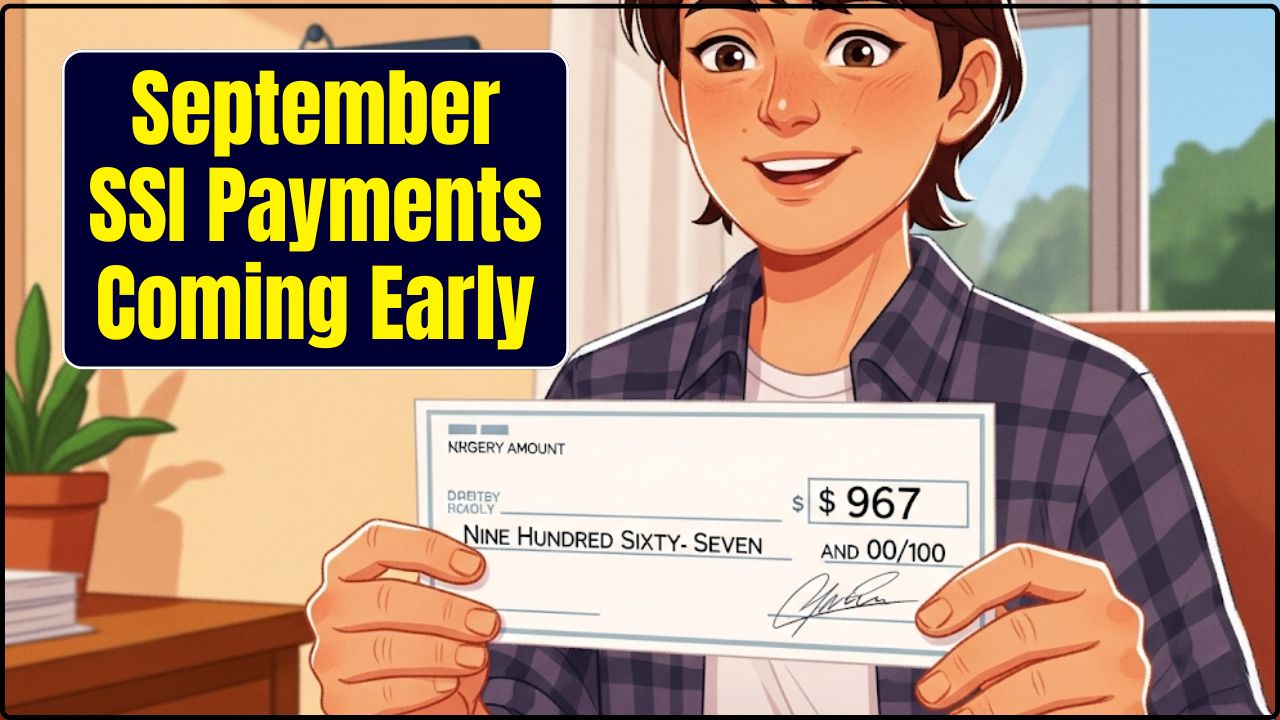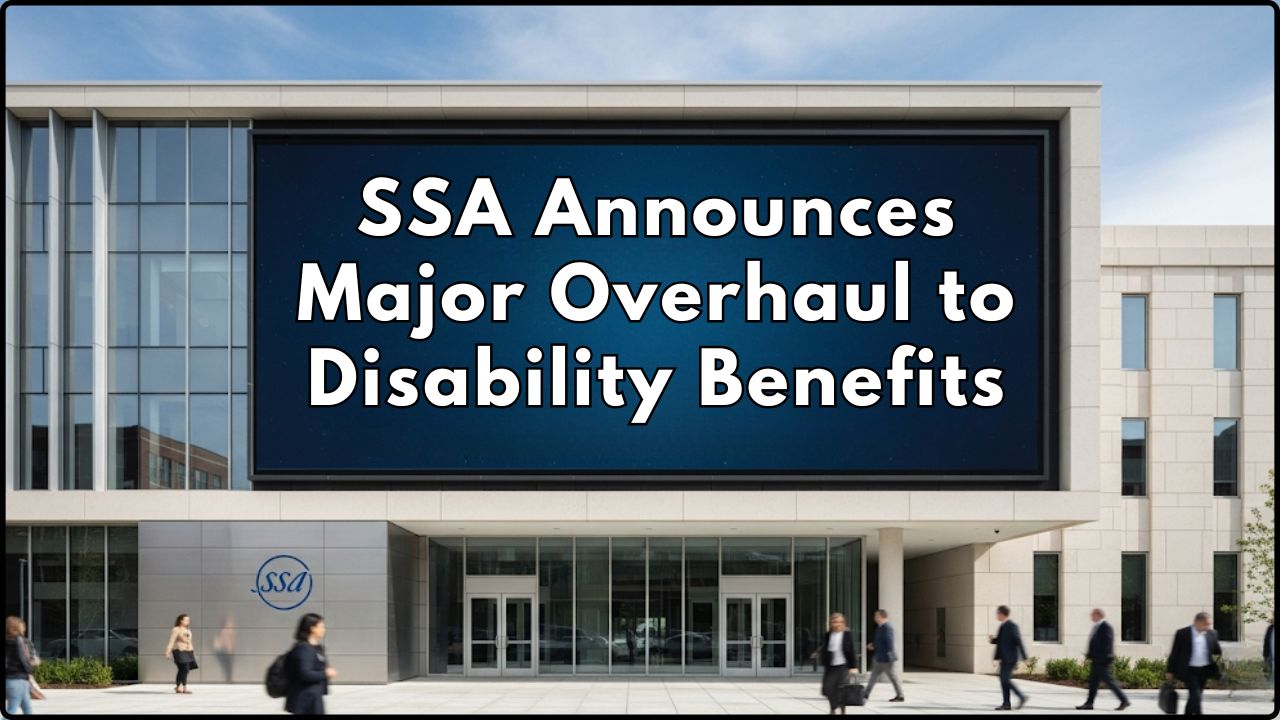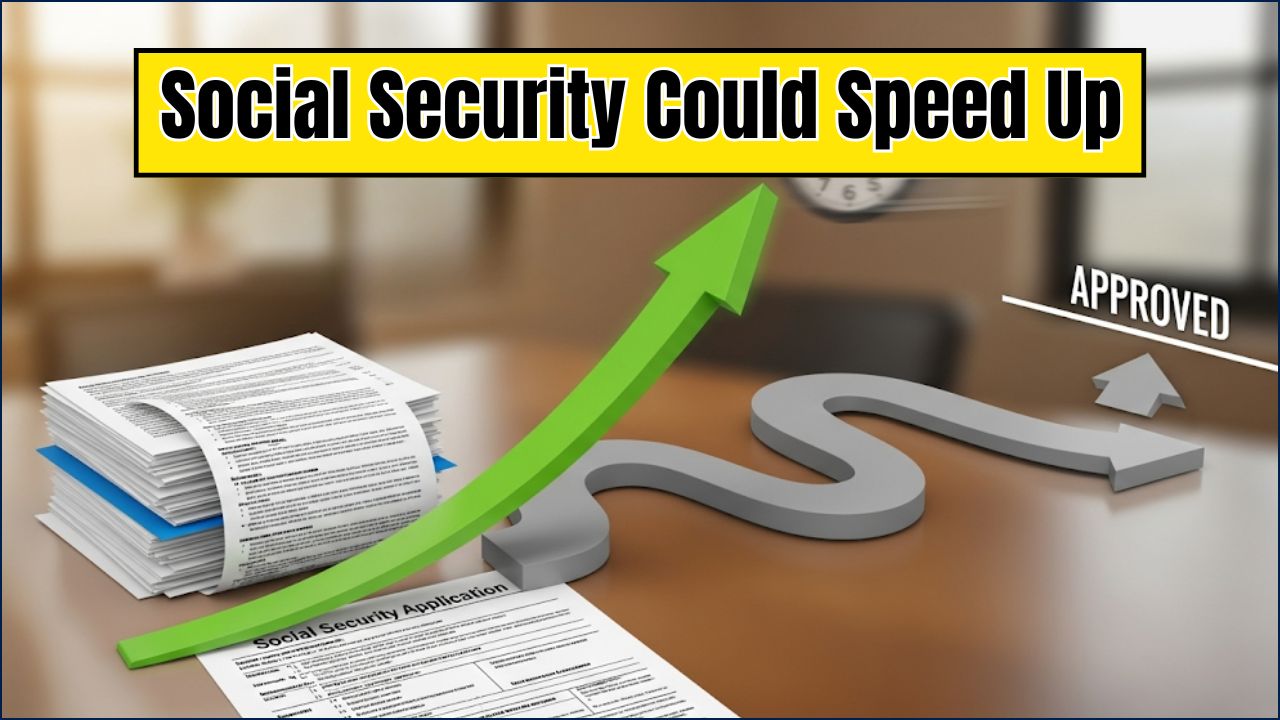If you’ve ever crossed your fingers hoping for a fat refund check, 2026 might just be your lucky year. Thanks to a new federal law, a bit of IRS “don’t-rock-the-boat” strategy, and some timing quirks, millions of Americans could see bigger-than-usual refunds when they file their taxes in early 2026. But before you start booking that beach trip or upgrading your truck, let’s break down exactly why this is happening, who it affects, and how to make the most of it.
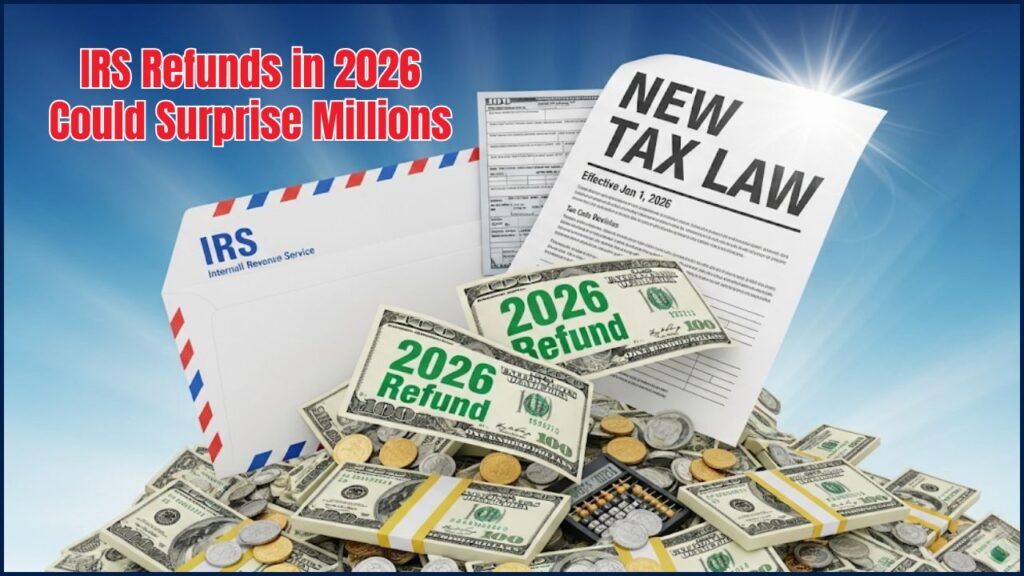
The short version? A game-changing bill passed in 2025 changes how certain income — like tips and overtime pay — is taxed. The twist? The IRS didn’t adjust withholding rules mid-year, so a lot of folks paid more tax than they owed. That extra cash? It’s coming back to you at tax time.
IRS Refunds in 2026 Could Surprise Millions
| Key Point | Details |
|---|---|
| Main Change | The One Big Beautiful Bill (OBBBA), signed July 4, 2025, makes certain tipped and overtime income non-taxable at the federal level. |
| Why Bigger Refunds | IRS didn’t adjust withholding tables mid-year, so excess taxes were collected on income that’s now tax-free. |
| Who Benefits Most | Service industry workers, hospitality staff, healthcare employees with frequent overtime. |
| IRS Challenges | ~26% workforce reduction since 2025, including over 2,000 IT and 9,000 Taxpayer Services staff lost. |
| Potential Delays | Retroactive tax law changes could slow down 2026 refund processing. |
| Official IRS Info | Visit IRS.gov for official guidance. |
The IRS refunds in 2026 could be a windfall for millions, thanks to the One Big Beautiful Bill and a quirk in tax timing. If tips or overtime are part of your income, you might be in for a sweet surprise — just be ready for possible delays. Keep your paperwork clean, file early, and remember: in taxes, knowing the rules is half the battle.
The Law Behind the Big Shift
On July 4, 2025, the U.S. government signed into law the One Big Beautiful Bill Act — or OBBBA for short. Among its many provisions, the one getting the most attention is this: Certain tipped income and overtime pay are no longer subject to federal income tax.
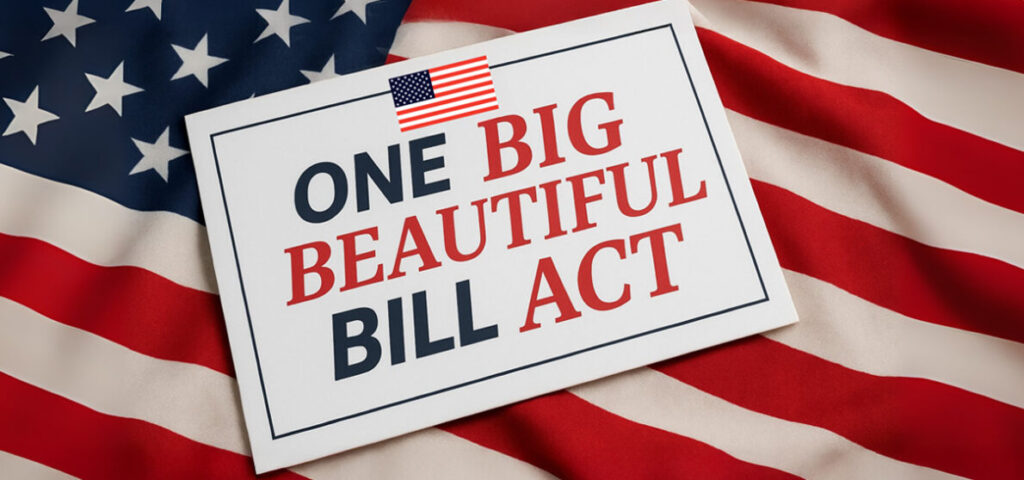
Think servers, bartenders, hotel staff, nurses pulling double shifts — all these folks often earn a big chunk of their income from tips or extra hours. Under the old rules, the IRS taxed every dollar, whether it came from your base pay or that midnight overtime. But starting mid-2025, that changed.
Here’s the kicker: the IRS decided not to change its withholding tables mid-year. Employers kept withholding as if nothing happened, meaning taxpayers will get a refund for the “extra” tax collected.
How Much More Money Are We Talking?
Let’s run the numbers:
- Example 1: A restaurant server earns $30,000 base + $15,000 in tips in 2025. Under the new rule, that $15,000 is tax-free. If they paid roughly 12% federal tax on it all year, they could see about $1,800 extra in their 2026 refund.
- Example 2: A nurse makes $60,000 base + $12,000 overtime. At a 22% federal bracket, that’s $2,640 coming back.
Multiply that by millions of Americans, and we’re talking billions flowing back into taxpayers’ pockets.
IRS in a Tight Spot
Sounds great, right? But here’s the catch — the IRS has been under strain:
- Workforce cuts: Down about 26% since early 2025, including 2,000+ IT staff and 9,000+ taxpayer service workers.
- Retroactive law headaches: Programmers must retool tax systems fast to handle the changes.
- Call center overload: Expect longer hold times and slower refunds.
Historical Perspective: Has This Happened Before?
Yes — in 2009 during the Making Work Pay Credit, millions saw bigger refunds after the government over-withheld taxes. And in 2021, stimulus payments were reconciled on tax returns, also leading to higher-than-average refunds for some households. History shows that when the IRS processes big retroactive changes, refunds can be bigger — but delays are almost certain.

Who’s Likely to See the Biggest Refunds?
Industries most affected:
- Restaurants & Hospitality — servers, bartenders, hotel staff.
- Healthcare — nurses, EMTs, hospital staff working extra hours.
- Retail — holiday overtime workers.
- Transportation — truckers, delivery drivers logging extra shifts.
If overtime or tips make up more than 20% of your annual income, you’re in the “big refund” zone.
Step-by-Step: How to Prepare for the 2026 Tax Season
1. Keep Your Pay Records
Save pay stubs that clearly show tip income and overtime hours. If the IRS asks, you’ll have proof.
2. Review Your W-2 Carefully
In January 2026, check that your W-2 matches your actual income and reflects the new rules.
3. File Early & E-File
E-filing with direct deposit is the fastest way to get your refund. The IRS says 90% of refunds are issued in under 21 days for e-filed returns.
4. Track Your Refund
Use the IRS’s Where’s My Refund? tool for real-time updates.
5. Don’t Over-Adjust Mid-Year
It may be tempting to change your withholding now, but since the rules only started mid-2025, the big bump is already “baked in” for this tax season.
Tax Pro Tips to Maximize Your Refund
- Bundle deductions — If you’re close to itemizing, push deductible expenses into 2025 to get the most from this special year.
- Avoid refund loans — They sound tempting but come with fees that eat into your payout.
- Check for other credits — Earned Income Tax Credit (EITC), Child Tax Credit, and energy credits can stack with your bigger refund.
Myth-Busting: Refund Edition
Myth 1: “The IRS is giving out free money.”
Nope. This is your money that was over-withheld during 2025.
Myth 2: “Everyone will get a big refund.”
Not true — it mainly applies to those with significant tip or overtime income.
Myth 3: “Bigger refund means I paid less tax overall.”
Actually, a bigger refund usually means you overpaid during the year.
Comparison Table
| Feature | Pre-One Big Beautiful Bill Act (Tax Year 2024) | Post-One Big Beautiful Bill Act (Tax Year 2025) |
| Standard Deduction | A smaller amount, scheduled to expire. | A larger, permanently extended amount. |
| State and Local Tax (SALT) Deduction Cap | Capped at $10,000. | Temporarily increased to $40,000 for certain tax years. |
| Charitable Deduction | Only available to those who itemize their deductions. | A new limited deduction available for non-itemizers. |
| Green Energy Credits | Credits for clean vehicles and home improvements available. | Most clean energy credits are phased out or eliminated. |
Refund Timeline: What to Expect in 2026
Based on IRS history and current staffing:
- Early filers (late Jan–Feb): 2–4 weeks (if e-filing & direct deposit).
- Mid-season filers (March–April): 4–6 weeks.
- Paper returns: 8+ weeks or longer.
If Congress adds more retroactive changes before filing season, expect these numbers to stretch.
FAQs
Q1: Will every taxpayer get a bigger refund in 2026?
No — it mostly benefits those with tips or overtime pay.
Q2: Do states follow the same rule?
Some might, but many don’t. Check your state’s tax site.
Q3: Should I change my W-4 now?
Only if you expect similar income patterns in 2026 and want bigger paychecks instead of a bigger refund.
Q4: Could refunds be delayed?
Yes — staffing cuts and retroactive law changes could slow things down.

